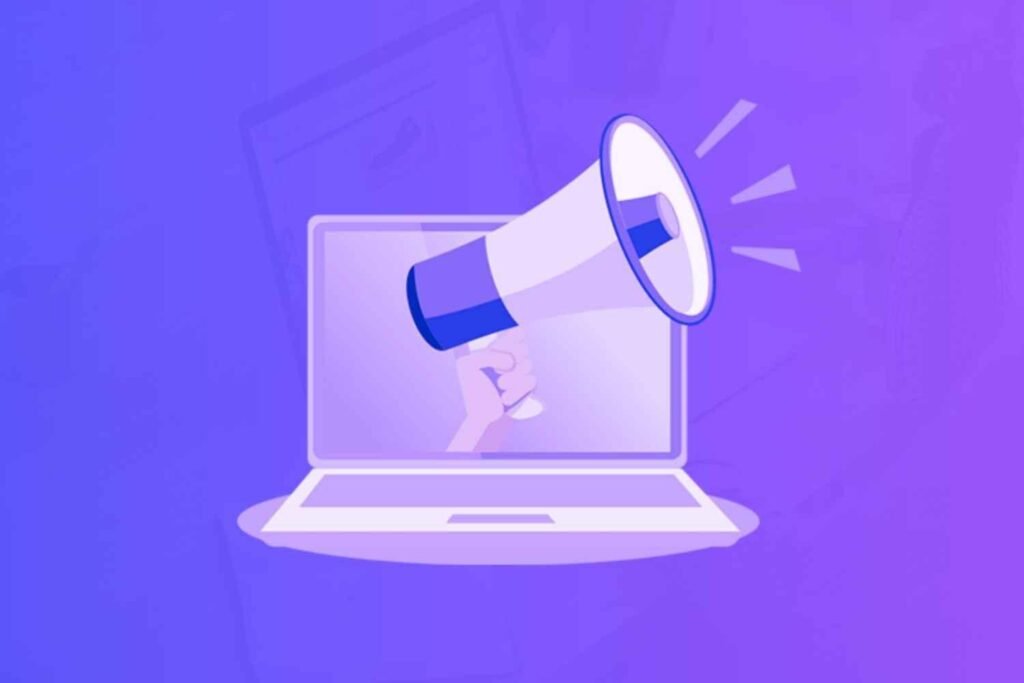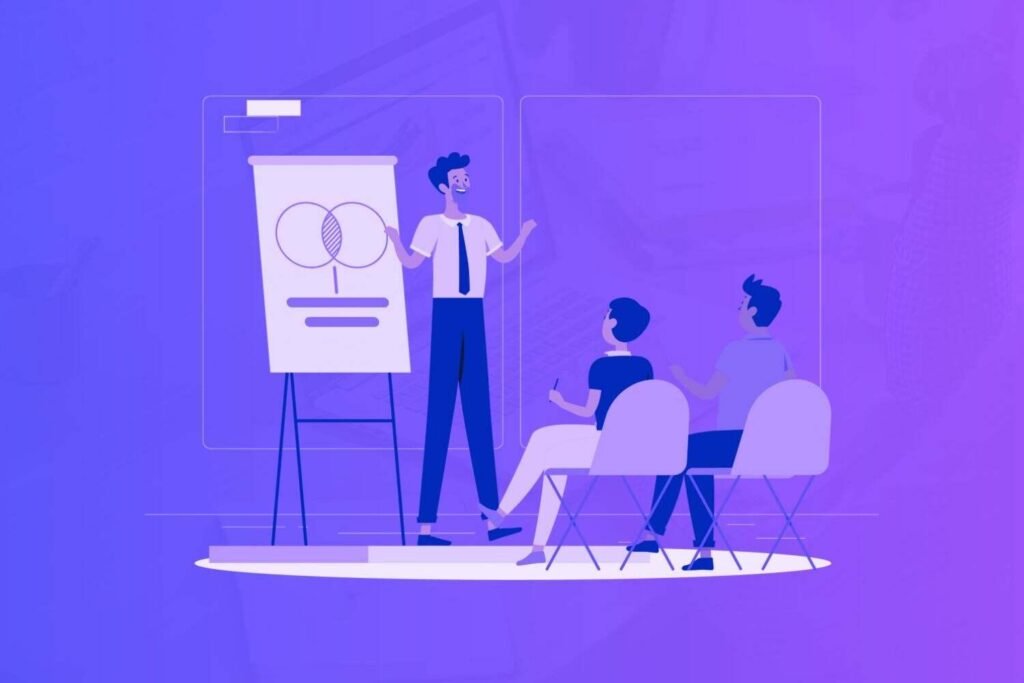Content marketing works, but it’s a significant long-term investment. Even more so considering the months it can take to build momentum and deliver results for your website.
Not having a clear roadmap can further delay the whole process. Long story short — you must have a content strategy in place.
So in this post, I am going to share everything you need to know and do to formulate and refine your content strategy.
Disclaimer: If you buy any products through links on this site, I may earn a commission. But it doesn't make any difference to your cost, and it helps me keep this blog running. So you could always read my articles for free.
What is a content strategy?
60% of the most successful B2B marketers have a documented content marketing strategy, says Content Marketing Institute.
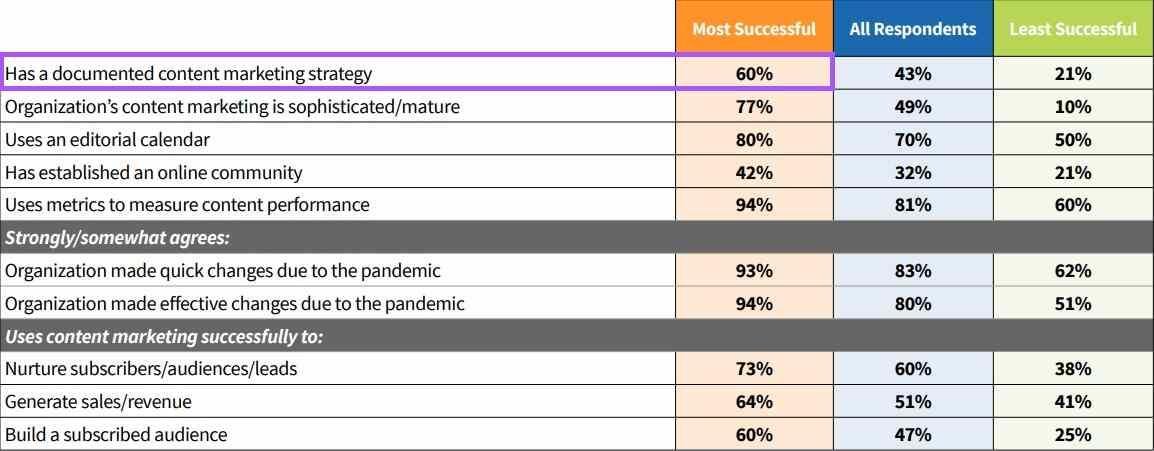
A content strategy is a brand’s high-level plan for producing, promoting, and managing content. And it helps you put people and processes in place to govern content production and distribution.
Without proper content planning, most people cluelessly create some content here and there and hope for the best.
But with a complete content strategy figured out, you can have guidelines in place to direct your efforts, execute all the tasks involved cohesively, and get better results.
Components of a content strategy
Here are the components you must have in your content strategy to get traffic and ROI from content marketing. Let’s take a look at these parts in more detail.
Your target niche and audience
Before you start creating content as part of your content strategy to grow your business, you should have a clear picture of the audience and niche you want to target.
Most people starting out with content marketing fit one of the below situations:
Aspiring influencer: In this case, you don’t already have a business in operation. The content itself is going to be your business.
To pick a subject around which to create your content, you will need to look at areas in which you have more knowledge or skill than an average person.
And then do further research to identify market demand and competition, among other factors.
Product/service seller: In this case, you have your own products or services for which you want to increase traffic, lead generation, and sales. For you, content is the means to achieve these goals. In this case, the process of picking a subject to create content is more or less the same.
But the only difference is you will not consider subjects that are not relevant to your existing business or include them in your content strategy, even if you personally have a lot of knowledge or skill in those areas.
In any case, while creating content, you want to target people who are potential buyers or users of the products or services you’re promoting.
But if your offerings cater to a large market with different types of audiences, it’s better to begin with only one segment first.
The better you know your target audience, the better you’ll be able to serve them. In fact, you need to know them so intimately that when reading your content, they should feel like you’re reading their mind.
A great way to put your finger on the type of people you want to reach is to build audience personas. And then keep them handy for reference.
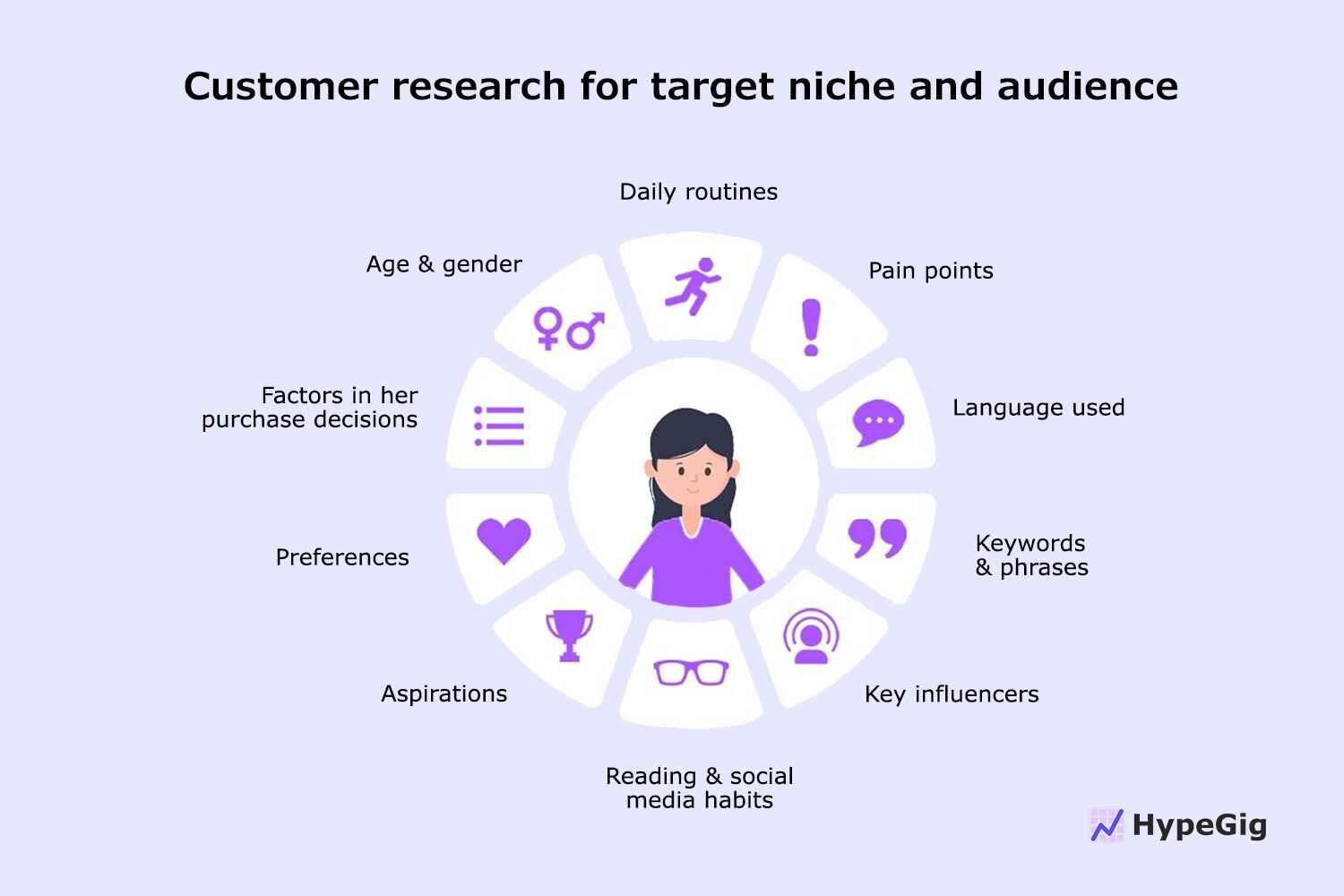
How will this help? When you’re brainstorming content topics that you’ll be writing about, you can always refer to this data and use it as a filter.
This will ensure that your website content planning and production are aligned with what your audience wants to read.
Content goals and KPIs
Measuring the performance of a brand’s content and how it translates to the bottom line has been a real challenge since day one.
Of course, you can measure how many visitors arrived on your website to read your content, and what percentage of them bought your product or service. But this approach is incomplete.
The relation between content and revenue is not that straightforward. Relying on just one over-simplified metric as part of your website content planning is a recipe for disaster.
Firstly, you can’t figure out what metrics are really important if you don’t have clear content goals, sorted by priority.
For example, the three primary goals of creating content are boosting sales, building relationships with customers, and increasing brand awareness, according to the Walker Sands survey.
If you are starting from scratch, use your company’s marketing goals as a skeleton to begin with your website content strategy. Then reflect on what that would mean in terms of goals to set for your content.
Once the goals are in place, determine the key performance indicators (KPIs) to measure. Here’s a chart to help you work it out.
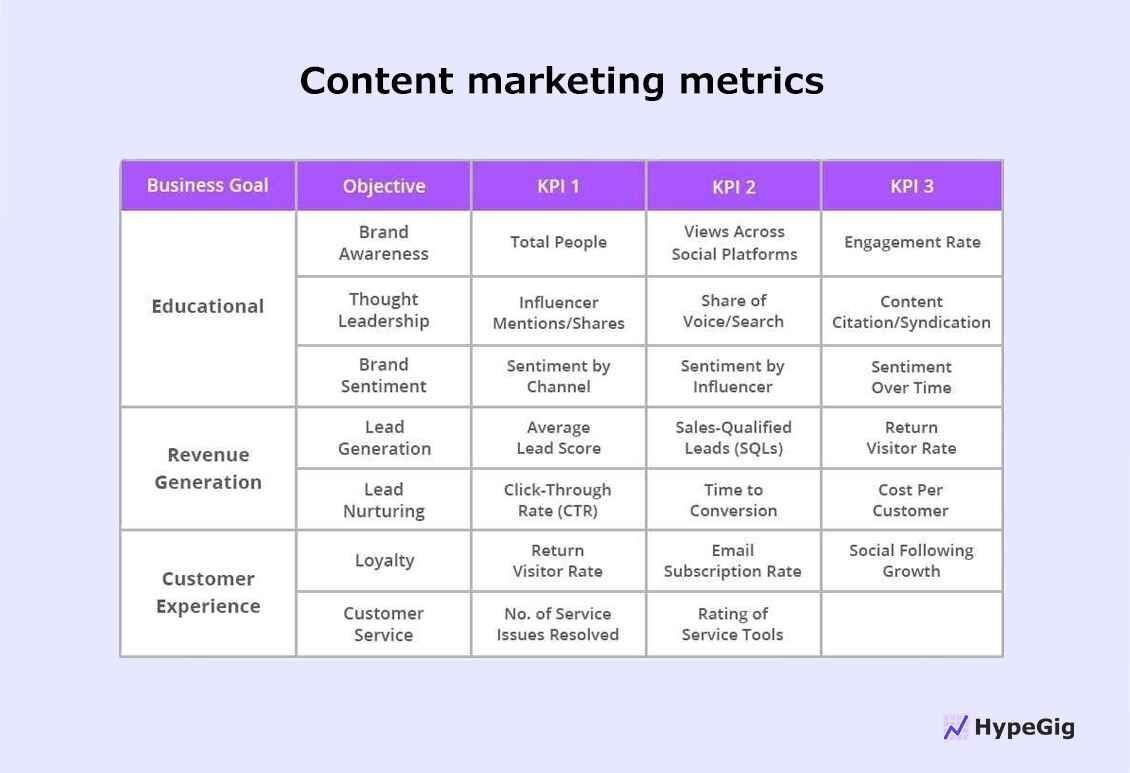
As I said, there’s no perfect way to link content with sales, so you’ll have to look at your chosen metrics in combination, not in isolation. Here are a few additional things to consider in your website content strategy:
- Building an email list makes it simpler to monitor your visitors’ journeys from reader to customer.
- Running your blog or a content site in a sub-folder (e.g. blog.adobe.com) instead of a subdomain (e.g. adobe.com/blog) makes it easier to track the conversions you got from content pages.
- As mentioned before, it’s futile to try to make a 1:1 connection between reading an article and a conversion. You should aim for something more holistic. For example, tracking visitor behavior in 90 days leading to conversion.
In the absence of well-designed goals and metrics to measure the success of your content strategy, you’ll find yourself scrambling to prove the value of your efforts.
If you want to keep content creation afloat, make sure to agree on the KPIs you will be measuring in advance. This is a crucial part of content planning.
List of content topics
Once you have an idea of who you want to target and what are their informational needs, it’s time to brainstorm.
The idea is to build a collection of topics and subtopics you will be creating and publishing content for in the coming months. Your audience needs different types of content depending on a variety of factors:
Position in the funnel: As per data from Semrush, 87% of marketing professionals guide their prospects through different stages of the buyer journey using content.
From not even knowing about your brand to becoming a customer, there are different stages each person in your target audience goes through. This is known as a customer journey, lifecycle or funnel.
There are those who are not aware of your brand, and those who are familiar but not interested yet. Similarly, some may be ready to purchase while others may be on the fence, researching and comparing your product to competitors.
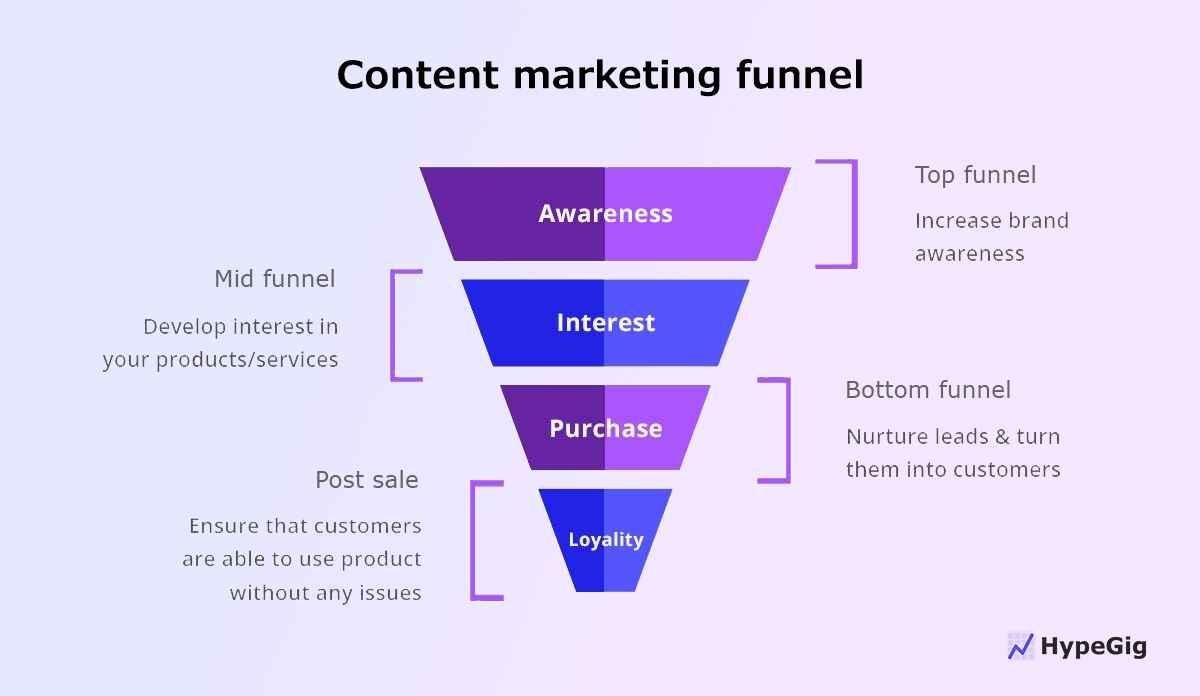
So when deciding on topics as part of your website content planning, you need to categorize them by the stage at which they will make the most sense. And make sure that you have enough topics for each of these purposes.
Top-funnel topics (awareness stage): These topics are meant for people who are likely to be interested but not looking to buy at the moment. The idea is to make them visit your website and become aware of your brand.
The content you create on these topics will focus only on helping your target audience in a genuine way, not on selling anything. For example, if you are a plumber, you could create a video on common fixes to try when water is leaking from a tap.
The best way to find such topics is to use a keyword research tool to see what type of information people are searching for the most in your chosen niche.
Then pick keywords that indicate that the searcher only wants information. There is no intent to buy anything.
For example, let’s say your business is in the bodybuilding niche. This is what we get when we search for bodybuilding in KWFinder.
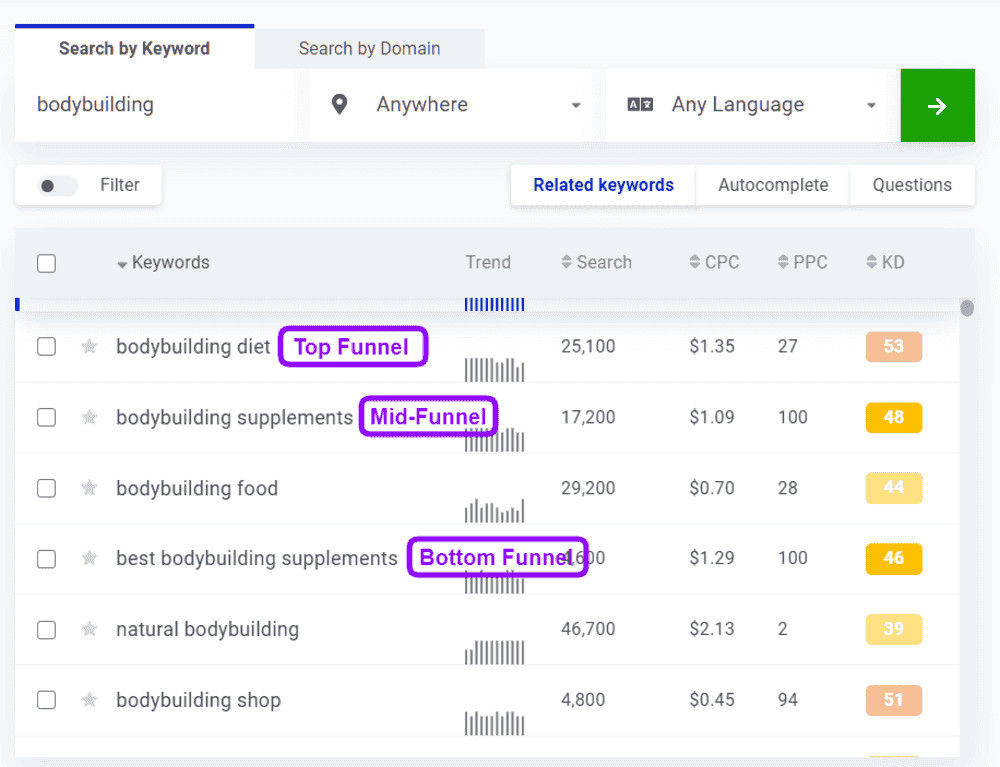
A keyword like “bodybuilding diet” shows that the searcher is just looking to learn more about this topic. So it’s a top-funnel topic.
In this way, conducting keyword research for your content strategy will help you identify entry points for new readers who have no prior knowledge of your business.
Mid-funnel topics (lead generation stage): The purpose of these topics is to convert people who visit your website or who are aware of your brand into email subscribers and leads.
Then nurture them to develop their interest in the type of products/services that can be useful for them. Just like with top-funnel topics, keyword research is one of the best ways to generate ideas for mid-funnel topics.
These topics will be such that there will be opportunities to mention your product or service within the content. Let’s take a look at the image I showed you above once again:
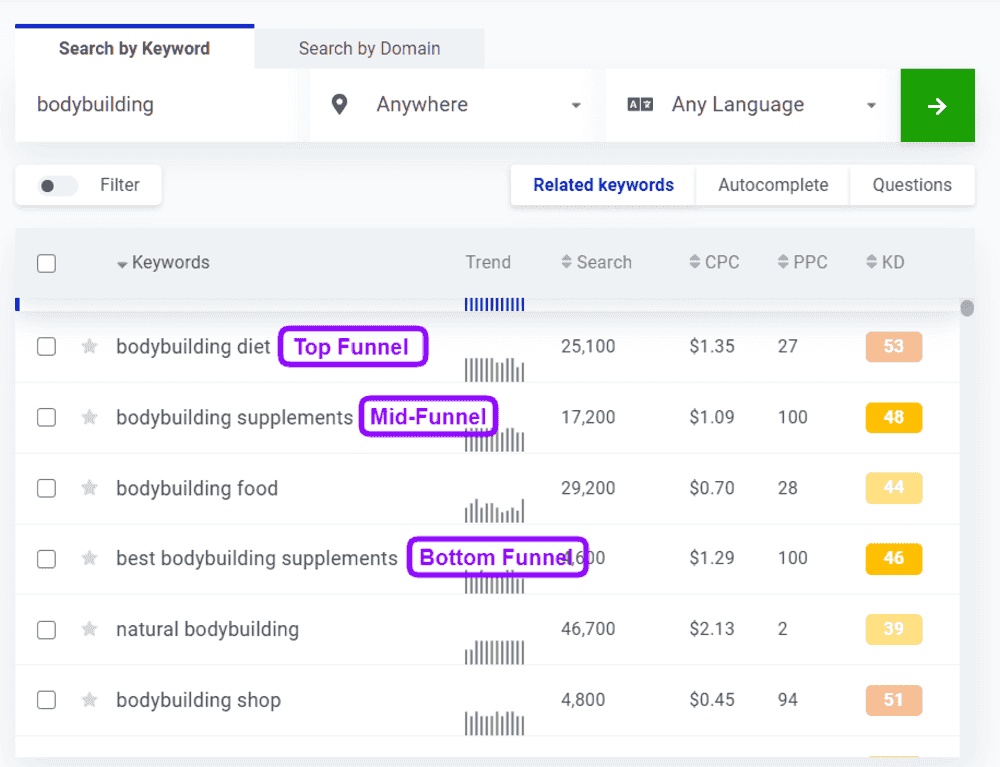
As you can see, a keyword like “bodybuilding supplements” shows that the searcher wants to learn more about products in this niche, but may not be ready to buy just yet.
Take the plumbing niche again for another example. You can write an article on minor plumbing issues you need to watch out for before they turn into major problems that are more expensive to solve.
This article could then have some issues which a reader can check by himself, and some for which he would need the expertise of a plumber.
Most likely, you will be using the content on these topics as a lead magnet in PDF ebook or whitepaper format.
Bottom-funnel topics (conversion stage): The content you write for these topics will be used to nurture leads who are really interested and turn them into customers.
Bottom-funnel topics are an important part of your website content planning as they directly relate to revenues. Again, keyword research is a good source of ideas for bottom-funnel topics.
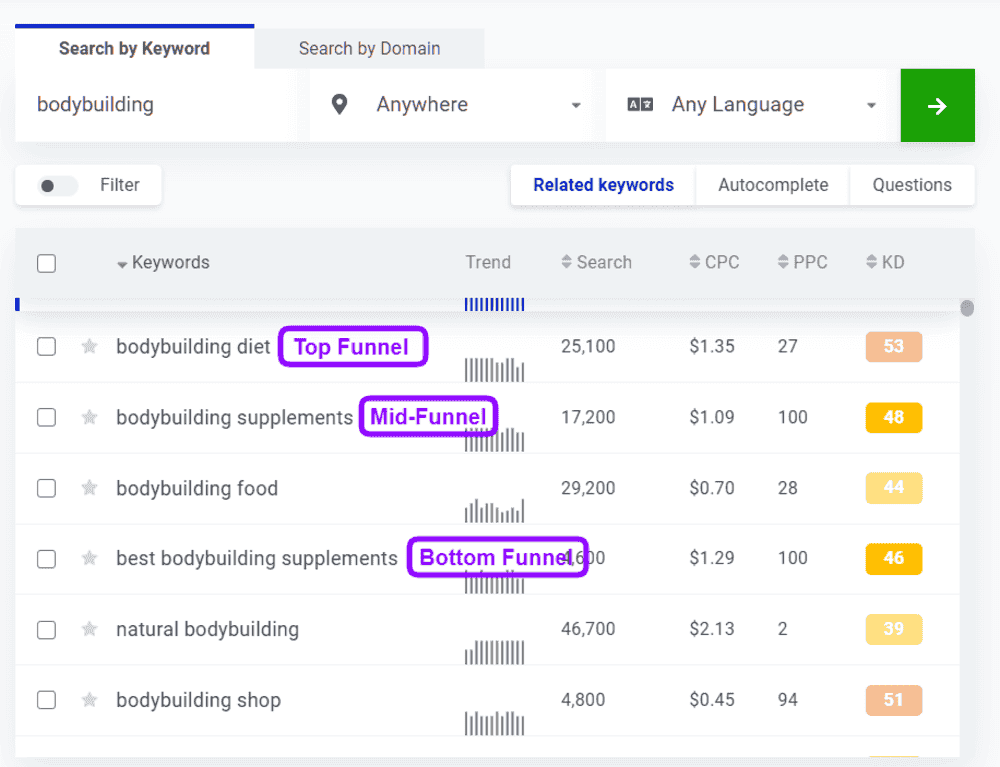
A keyword like “best bodybuilding supplements” shows that the searcher is researching and comparing supplements, and is really interested in buying one.
However, the best way to come up with topics for content at this stage is to talk to your potential customers about what kind of questions they want to be answered or the information provided.
In addition, you can get insights from people in your company who interact with prospects the most. These typically include members of sales teams, as they have an accurate pulse of what your target audience frequently asks about.
For example, content on features of your product, landing pages, sales copies, comparison of your product with a competing product etc, will come in this category.
Post-sale topics (after-conversion): These topics are to write content meant for your current customers/partners and should be included in your content planning.
It will ensure that your customers are able to use your product/service without any issues and are satisfied enough to keep buying from you.
For example, knowledge base documentation on how to use your product or service, policies regarding return and refund, troubleshooting issues with the product, ways to get support etc. come in this category.
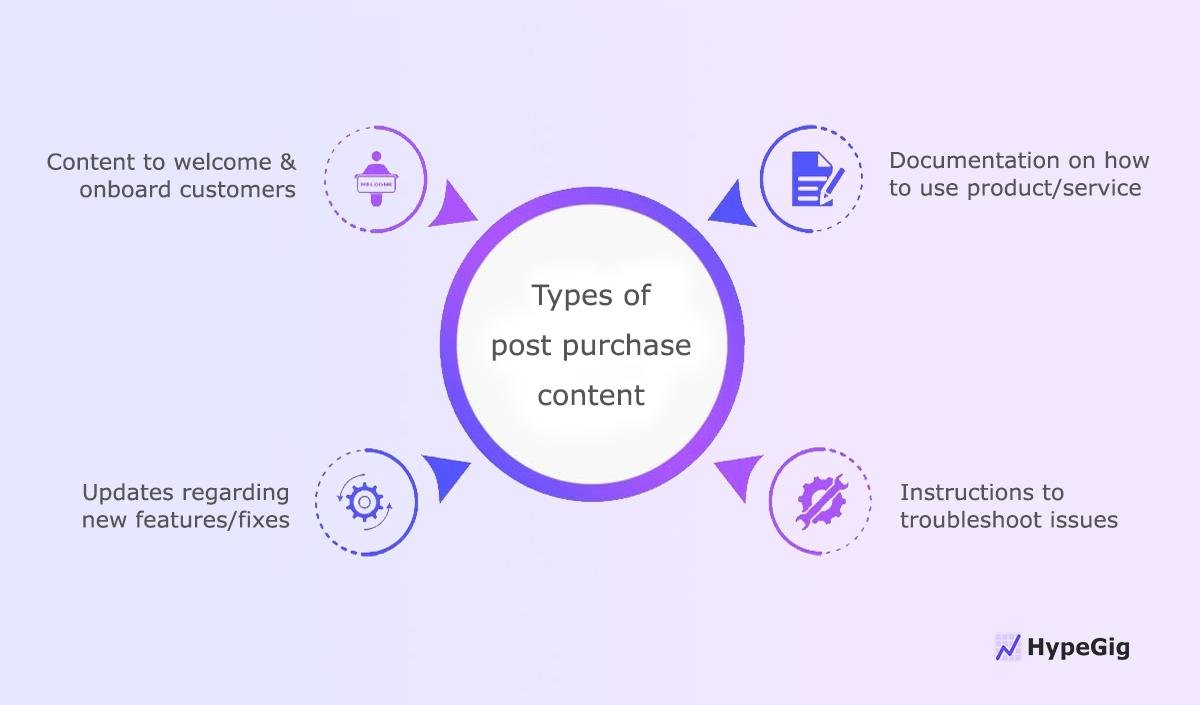
In order to come up with topics for content at this stage, there are two main sources of ideas.
First, involve all the main stakeholders responsible for developing and delivering your product or service. Then brainstorm the topics that need to be documented for the customer for them to be able to use your product or service at its full potential.
2nd, look for ideas from customers or people in your company who support customers. Ask current buyers whether they have questions they want answered or information they seek to be provided.
And get insights from people in your company who interact with buyers the most. These typically include members of support teams, as they have an accurate pulse of what your customers frequently ask about.
Contextual purpose
All the content that people consume online can be broadly put into 3 types: educational, inspirational, and entertaining.
So when coming up with ideas to produce content that is in line with your website content strategy, you need these 3 types of content in the right proportion, depending on the nature and target audience of your business.
For example, if you’re into a kids’ toys business, perhaps 50% of your topics should correspond to entertaining content, 25% educational, and 25% inspirational.
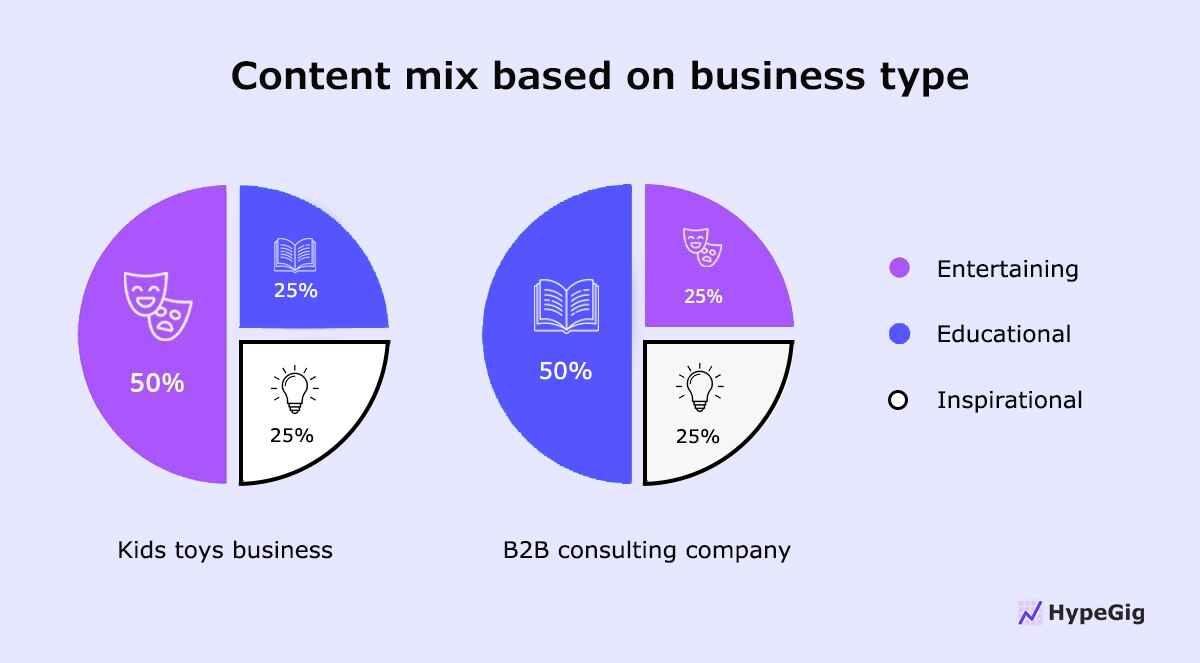
Similarly, a B2B consulting company may decide that 50% of its content topics will be educational, 25% inspirational, and 25% entertaining.
Level of abstraction
Many times, there are different parties involved in researching, buying, and then using a product or service. The researcher is not always the decision-maker, who is not always the main user.
These different parties also vary in the level of abstraction they prefer when consuming content.
While creating content for the web, it’s important to note that some people would want only the high-level principles or strategic components related to a topic, while others would want detailed processes and actionable steps.
That’s why when planning the topics to create content, another major thing to consider is covering the whole spectrum of abstraction.
Your website content strategy should have strategic content for those who are researchers, planners, and leaders but not active users, while tactical content for those who are the actual doers, users, and executioners.
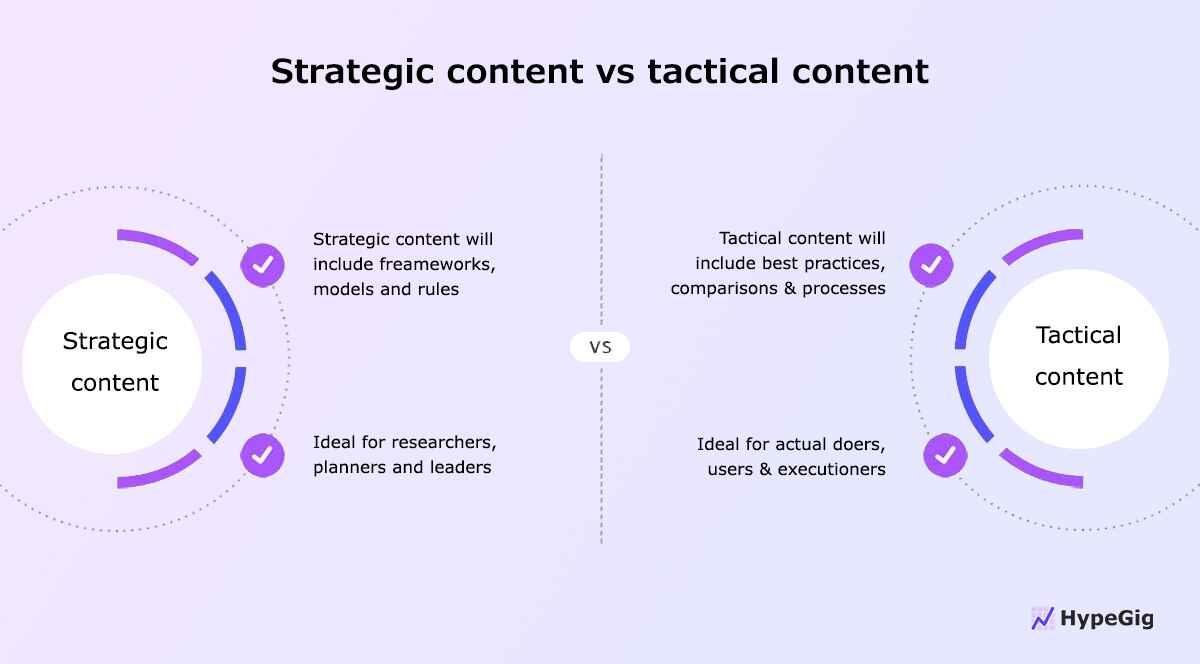
Strategic website content planning will include frameworks, models, and rules. Meanwhile, tactical website content planning will consist of information, comparisons, best practices, and processes. This is key to a comprehensive content portfolio.
Competitive differentiation
Another important component of a content strategy is your analysis of competing content, key findings, and guidelines on how you plan to make yours different and better than what’s already there.
Analyze the content available on the internet on similar or related topics. Analyze the search engine results, as well as competitor websites, for the keywords you’re targeting.
As part of your content strategy, you want to see what type of content is already available to figure out how you can stand out.
In your audit of existing content, look at things like format, length, tone, keywords, outline, information covered, and any gaps or weaknesses you can improve on. Here’s a sample of what this analysis might look like:
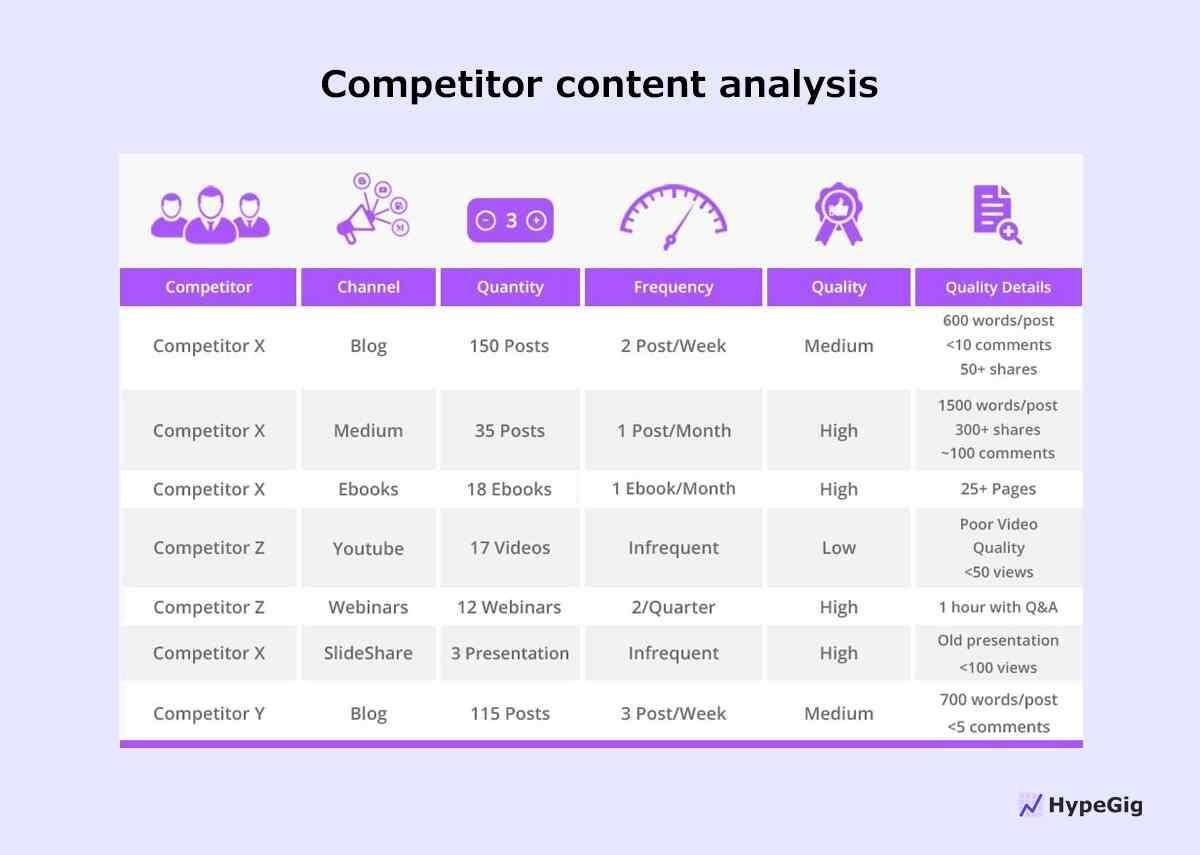
This data will help inform your own decisions when writing content briefs and then the actual content. You don’t want to write content that’s just a rehash of the same information already available online.
You need to have a strong web content strategy that makes sure your content is 10X better than competitors. You need to give information and value in a way that hasn’t been done before.
So in your website content strategy, include your unique angle and ways to make your content stand out.
You should be able to add something valuable to the conversation with your intimate knowledge, long experience, or extensive research on the topic.
Content schedule
A CoSchedule survey found that organized marketers are 674% more likely to report success than their peers. So in this part, you will decide on your entire content calendar for the next 6-12 months.
This means here, you frame your answer to these questions, so everyone on your team is on the same page:
- How often will you publish new content?
- Target deadlines for each topic (writing, approval, publishing)?
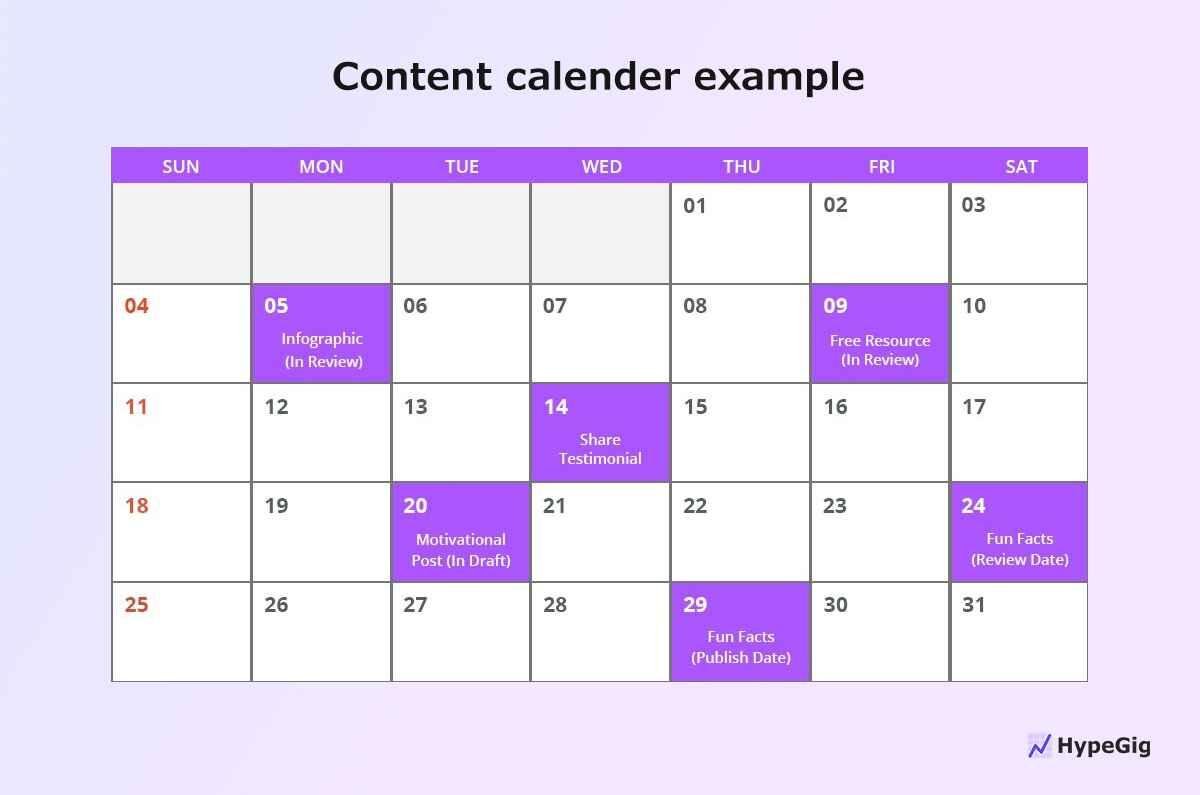
When working on a content schedule, keep in mind that quality is key. Creating the absolute best content that your audience will love, even if it takes a week, is better than churning out poor content twice or thrice a week.
That being said, you must aim at publishing at least one piece of content per week. Only then you’ll have a shot at having at least 50 articles in a year.
Even better if you can do more, without compromising on the quality. But any less than that is not going to move the needle.
Studies have shown that your content marketing starts making a real difference only after you have crossed the 200+ blog posts mark, especially if you are in a very competitive niche. So the bottom line is, publish as often as you can without sacrificing quality.
Related: How many blog posts are enough?
Content format/length
Your content strategy will also require you to decide on your primary format. The three most popular are blog posts, videos, and podcast episodes.
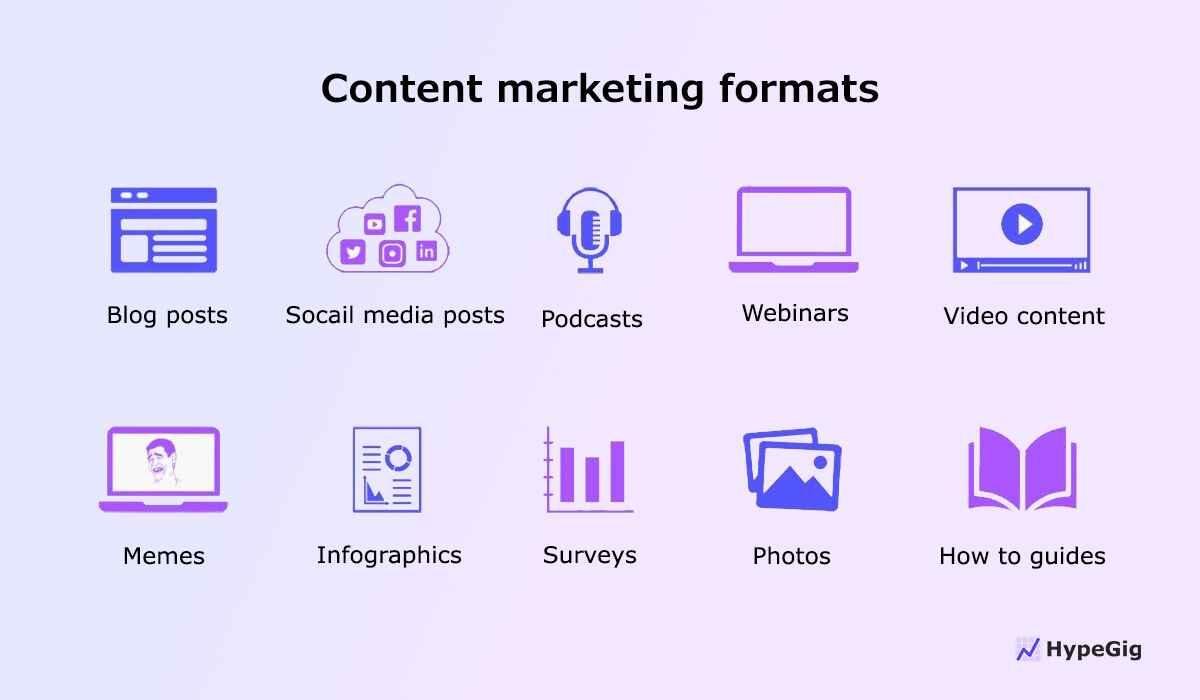
However, for best results, you need to focus only on one medium first. Don’t try to spread your efforts thin by investing in them all at once.
In order to decide what’s best to begin with and if that fits your web content strategy or not, you need to take a few factors into consideration.
- Which of the formats is the best fit for the niche and topics you have picked?
- Is it the kind of content that will benefit from showing rather than telling?
- What do you do best? Writing or speaking in front of a camera?
- What will you be able to learn and start the soonest?
Launching a blog is best if you know enough to be able to write on your own, or review the work submitted by other writers. If you are a good talker and can learn to record and edit high-quality video/audio, go for a YouTube channel or podcast.
As for the length of the content, whether you are writing a blog post or recording audio or video, don’t be afraid to take as many words or time as you need to cover the topic at hand.
Content readability and UX design
Providing a great experience to consumers is as important as your product or service. Packaging and presentation play a major role in determining the success of a product.
Same goes with your content planning. Its readability and user experience matter more than ever. In addition, it has to render well on the most commonly used devices like smartphones, tablets, and desktops.
So your content strategy must also include how your plan for the UX that encloses your content and deliver the best reading experience. Here are some things to think about:
- What will your content pages look like?
- What will be your content fonts, width, line height, etc.?
- What widgets, banners, etc. will be there on content pages?
- What meta-data (categories, date, etc) will be shown with the content?
- Will comments be allowed, and with or without registration?
- Will there be an author bio below the content?
- Who will be listed as author: actual writer, VP, CEO, or someone else?
- What colors will be used for all these elements?
- How will you direct readers to related content?
A lot of these decisions will be easier to make if you already have a clear brand identity and website UX strategy.
The bottom line is, the easier you make it for people to consume your content, the better it will perform.
Content management
Content writing is not a set and forget thing, but an iterative process. In a swift content strategy, content is created, revised, or replaced over and over, even after being published.
Research by Orbit Media shows that bloggers who regularly update old content are nearly 3x more likely to report “strong results.”
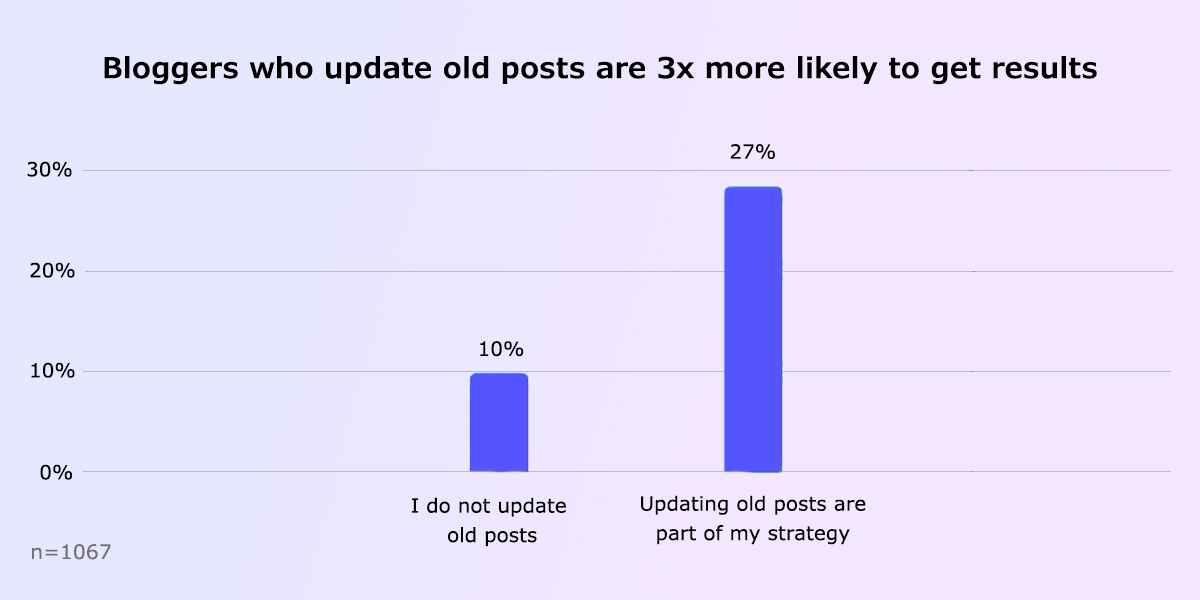
For the content to be able to continue providing value to the organization and its audience far into the future, it needs to be “managed” properly. So website content management is another important component of your website content strategy.
Managing content leads to better control over creating new content, editing existing content, and how the content is made available to other people for discovery and consumption.
Distribution and monetization
Just publishing high-quality content for the web as per your website content strategy and schedule is not enough. You also need to set aside proper time and resources for adequate promotion and monetization.
The best of the best content will not reach your target audience and make a good impact if it’s not spread and distributed.
So while making content for the web, your content marketing plan must consider and decide on the main ways and channels you’ll use to put your content in front of interested prospects and customers.
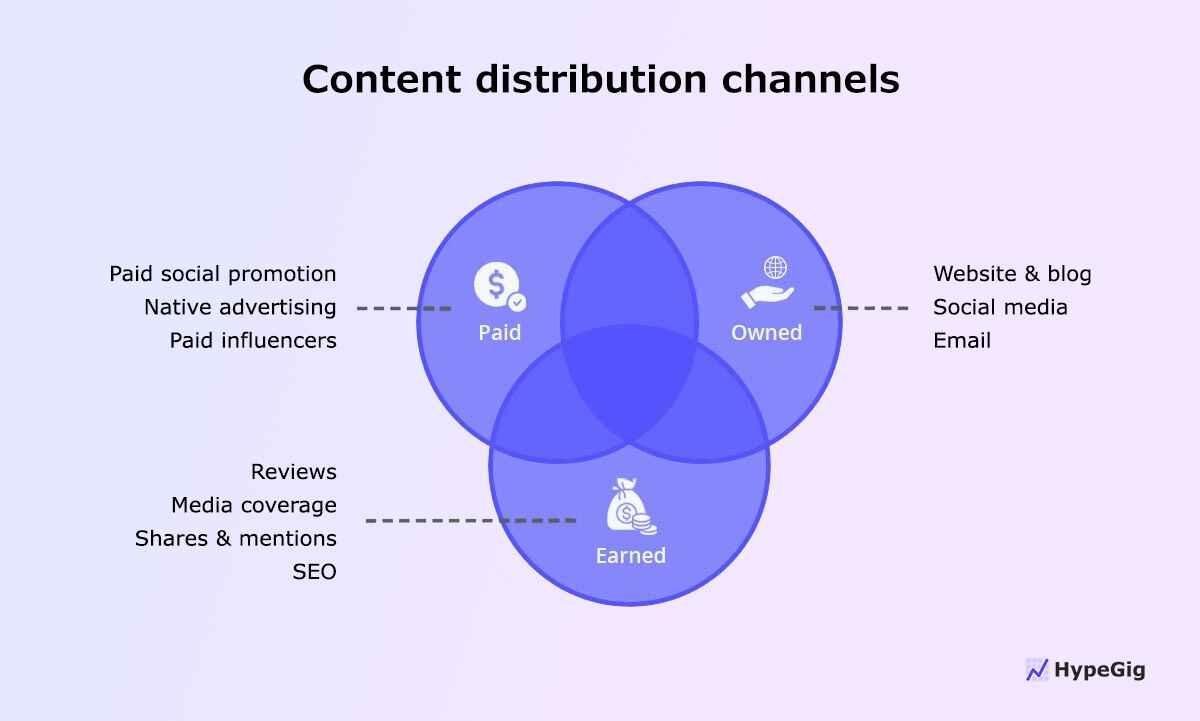
Putting content in front of prospects: There are innumerable ways to bring in visitors. The two most popular of all organic traffic sources are search engine optimization (SEO) and social media, especially Facebook.
When it comes to content marketing, compounding growth is what matters. This means you will not be focusing much on traffic sources like social media, which cannot give you recurring traffic, unless you have the budget for ads.
If the budget is limited, it’s wise to focus on just SEO in the beginning. For best results, you must have so many pieces of high-quality content that your website pages show up on search engine result pages for several keyword searches.
This will ensure that your target audience finds you through search engines not just once, but on multiple occasions.
In addition, you’ll need to implement a blogger outreach process in place to gain backlinks and exposure for your content.
While SEO will be your primary source of new traffic, it’s the returning traffic that will ultimately turn into leads and sales.
According to a Databox survey, the average percentage of new visitors on a site is 68%.
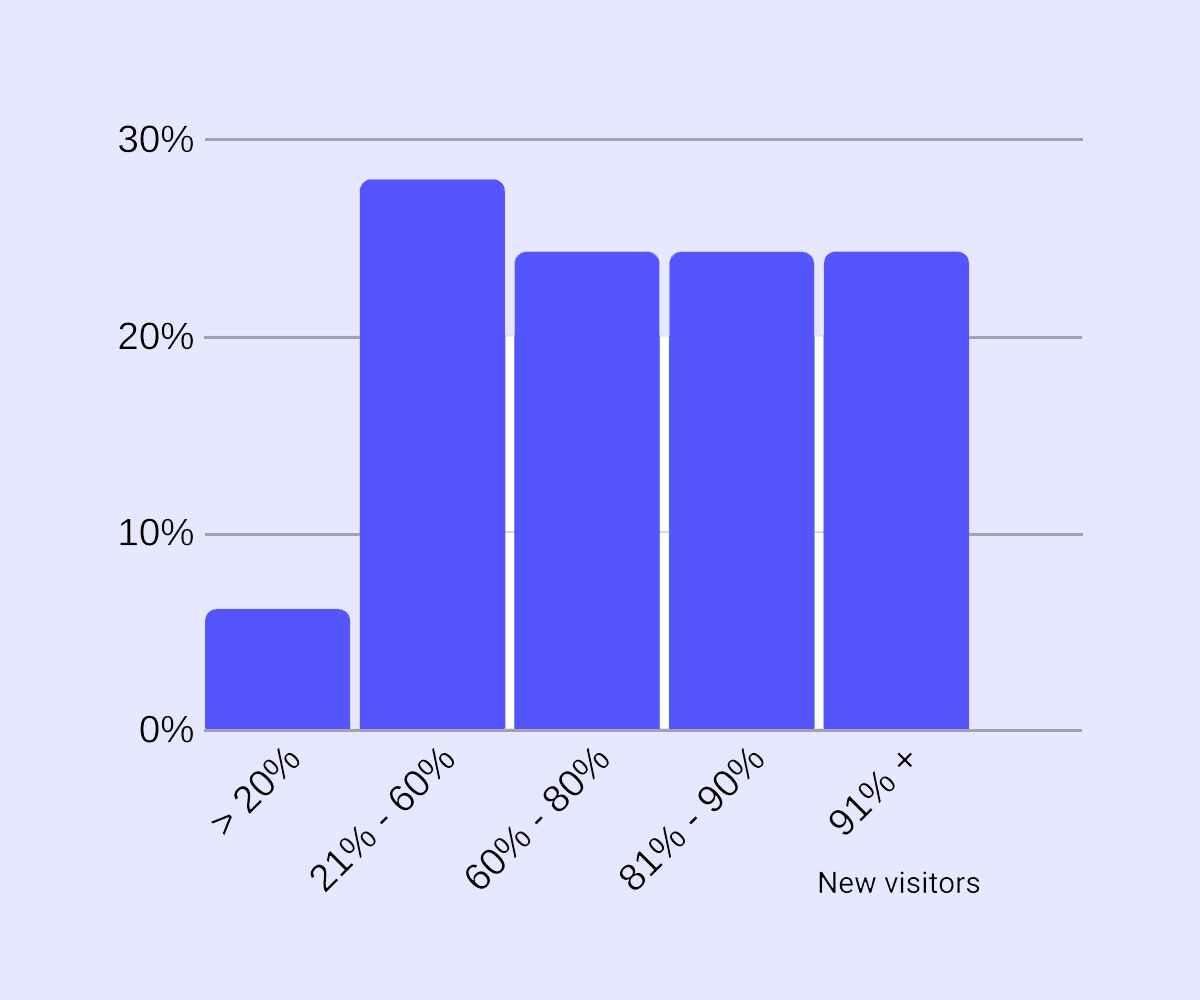
That means most people who come to your website are visiting it for the first time. These people may not be ready to buy or have the need at the moment.
But for when they change their mind or develop an active need, you want to make sure they remember you. The more exposed they are to your brand and website, the more likely they are to keep you in mind.
That’s why for the people who have visited your website once or twice, it’s crucial to employ ways to bring them back again as frequently as you can, eventually converting them into leads and customers.
Putting content in front of customers: Once someone buys your product or service and becomes your customer, you cannot take them for granted. You want to have them stay with you for as long as possible.
You build a real business only when they keep using your product or service, and are so happy with you that they’ll readily buy when you cross-sell or upsell new offerings.
In this regard, it’s essential to deploy a web content strategy to properly promote your post-sale content to customers. This includes:
- Content to welcome and onboard customers
- Knowledge base documentation on how to use your product or service
- Updates regarding new features/fixes,
- Instructions to troubleshoot issues with the product
You can share this content with customers on a regular basis via a notification channel like SMS, email, etc, but only for those who want it that way.
For example, a customer may not appreciate receiving an email about troubleshooting an issue or using your product to do something that he doesn’t need to.
The main thing you need to ensure is that all this content is readily available and easy to find on your website when needed.
Visual brand identity
Consistent presentation of a brand can increase revenue by 33%. All the aspects of design, including colors used in images and the typography of your content, should be consistent with your brand assets. The look and feel of your content should match that of the rest of the website.
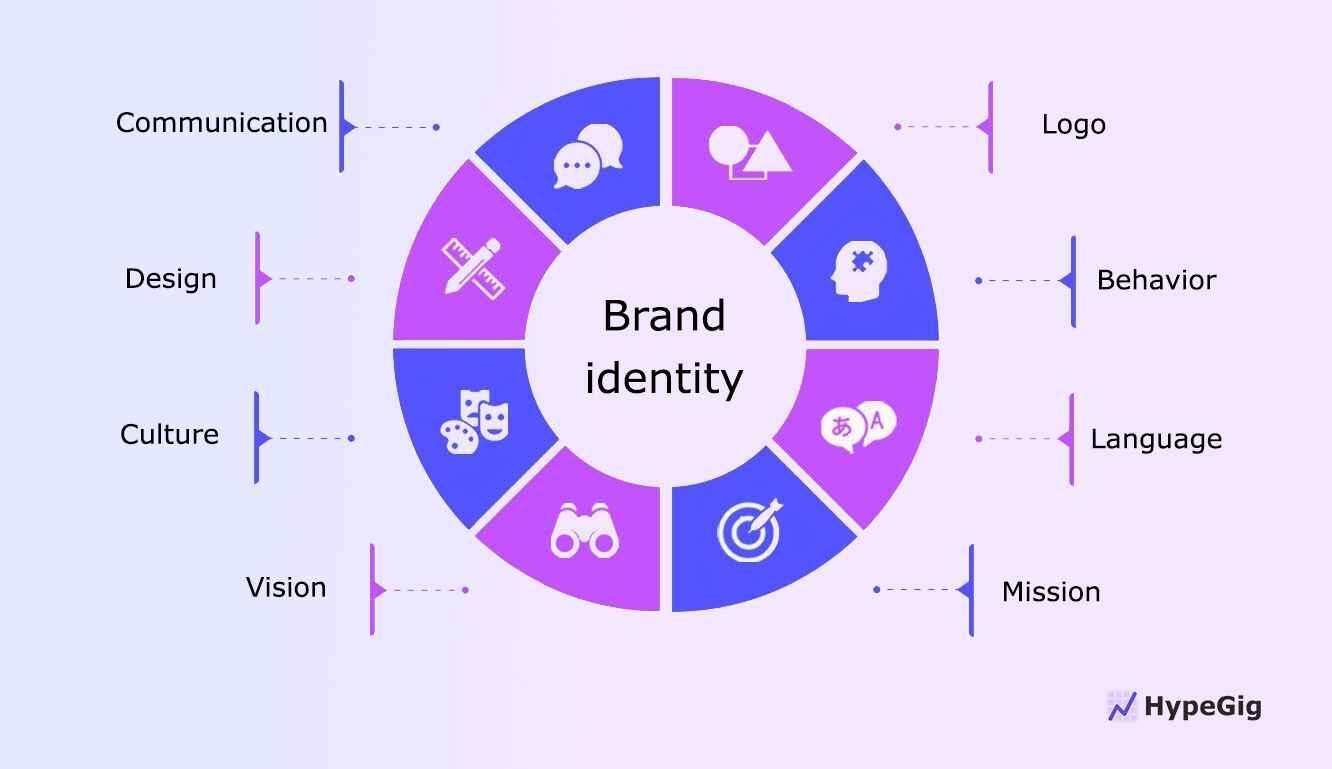
As humans, we are highly visual and easily notice discrepancies in such areas. If your images are low quality or irrelevant to your topic and brand, it will turn the readers off.
As a part of your content strategy, you’d want to keep all the elements of your content aligned to your brand’s theme, audience, and personality.
So your content strategy will include instructions from your brand guidelines that are relevant from a content perspective.
A great way to ensure adherence to a consistent brand image is to create some image templates with predefined fonts, colors, and overall design.
Then use them to create new designs when needed. This will not just ensure consistency but also save time.
Consistent voice and tone
Similar to design, your brand’s voice should also be consistent throughout. For example, a consulting firm will want to stick to a professional and authoritative voice, while a theme park will want to write things in a fun, casual way.
How do you want your brand to sound? You should be clear on your tone in terms of qualities like casual or professional, fun or serious, conversational or dictatorial etc.
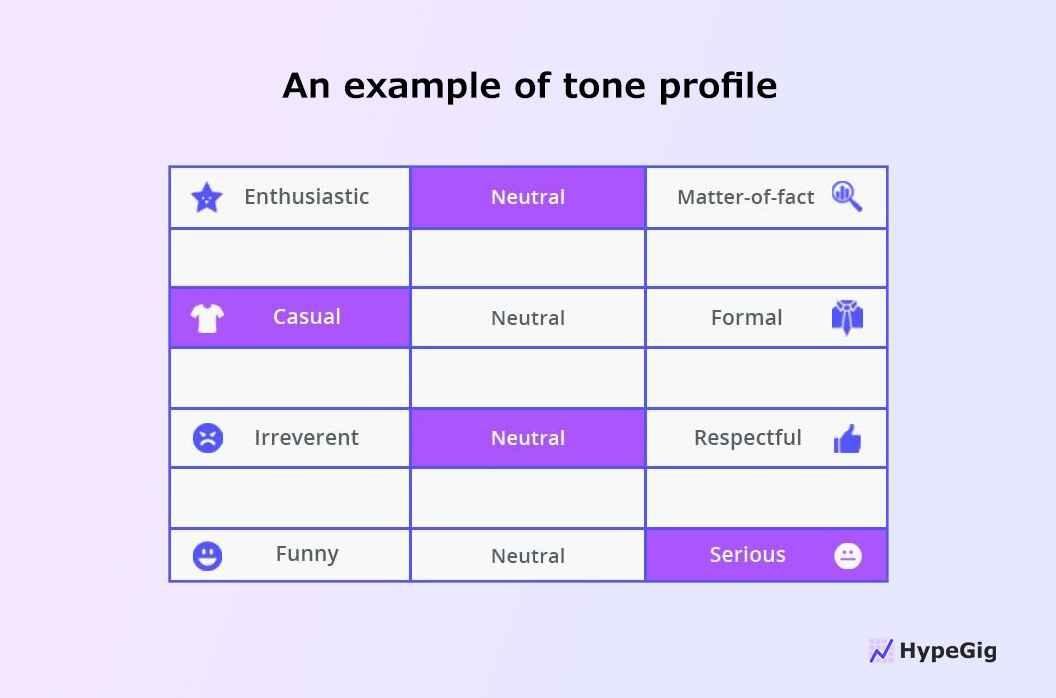
Once there are specific guidelines pertaining to your brand’s voice, all your content should be written according to these standards.
MailChimp’s style guide is a great example of describing parameters associated with your brand tone and voice. Some parameters will depend on the nature of your brand, while others remain true in any case.
In most cases, for example, it’s best to have a conversational tone so the reader feels the author is talking with them. Also, most experts agree that active voice is better than passive voice when writing.
Final thoughts on content strategy
If you have made it this far, you can tell a great website content strategy involves a lot of effort. And it uses great content to communicate stories that accomplish a brand’s strategic goals.
Hopefully, by now you have clarity on website content planning and how you will plan your goals, the type of content to create, and go about content promotion and monetization.
Now it’s time to use what you have learned here and get back to work. Create a kickass content strategy that will get real results and will be a challenge for your competitors to replicate.
Did I miss anything? Did you try these tips? Do you have any questions or comments? Share your thoughts below in the comments section.
